Moisture on corner of new Windows
User
11 years ago
Related Stories

REMODELING GUIDESCorner Windows Bend Imagination
Whether we can see inside or only guess what's behind them, corner windows are a dramatically different take for home exteriors
Full Story
WINDOWSStunning, Surprising Corner Windows
Angled Windows Skip the Frame for More Light and Panoramic Views
Full Story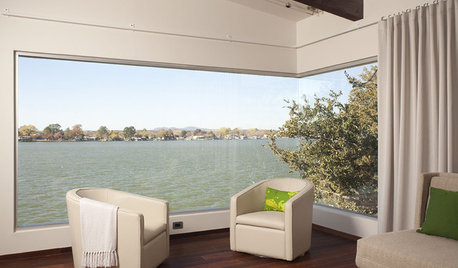
REMODELING GUIDESArchitect's Toolbox: The Open Corner Window
Wrap a corner with glass to blur the distinctions between rooms and views
Full Story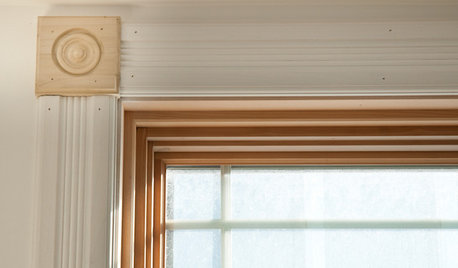
DESIGN DICTIONARYCorner Block
Adding classical style to the casing of a door or window, the corner block is easy to install and easy to look at
Full Story0

HOUSEKEEPINGHow to Clean and Care for Your Mattress
See what the experts recommend to protect your mattress from dust, moisture and stains
Full Story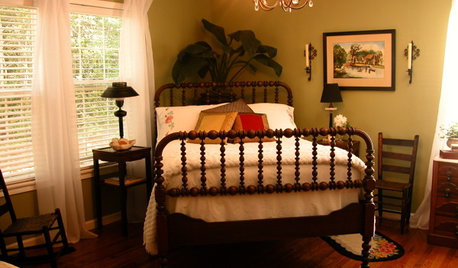
BEDROOMSStyling Your Bedroom: The Corner Bed Floor Plan
Put the bed in the corner for a whole new angle on your furniture arrangement
Full Story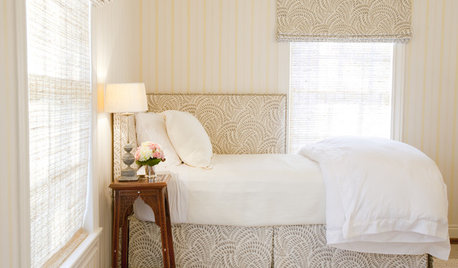
BEDROOMS14 Ways to Make Better Use of Bedroom Corners
These spots were made for nestling, storing, displaying and enjoying. Are you making the most of them?
Full Story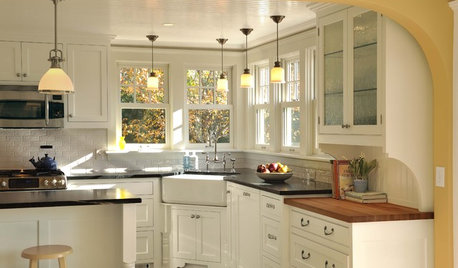
KITCHEN DESIGNIs a Kitchen Corner Sink Right for You?
We cover all the angles of the kitchen corner, from savvy storage to traffic issues, so you can make a smart decision about your sink
Full Story
DECORATING GUIDES12 Smart Ideas for Decorating Empty Corners
Fill a neglected corner with something useful, attractive or both, using these dozen thoughtful decorating strategies
Full Story
DECORATING GUIDES16 Great Ways to Use Living Room Corners
Are you wasting the space where your walls meet? Check out these cleverly occupied corners to decide
Full StoryMore Discussions






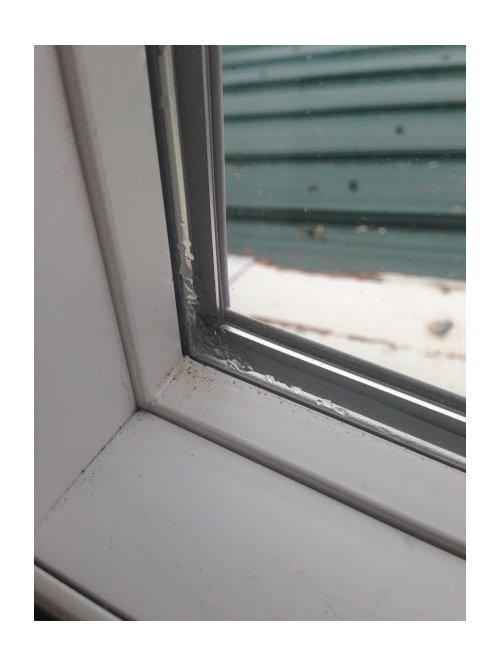


mmarse1
Windows on Washington Ltd
Related Professionals
Dayton Window Contractors · Deltona Window Contractors · Annapolis Window Contractors · West Springfield Window Contractors · American Canyon General Contractors · Channelview General Contractors · Franklin General Contractors · Fort Pierce General Contractors · Mishawaka General Contractors · Toledo General Contractors · Watertown General Contractors · Avocado Heights General Contractors · Ferndale Carpenters · Oak Grove Carpenters · Tucson CarpentersHomeSealed
Windows on Washington Ltd
toddinmn
Windows on Washington Ltd
Jumpilotmdm